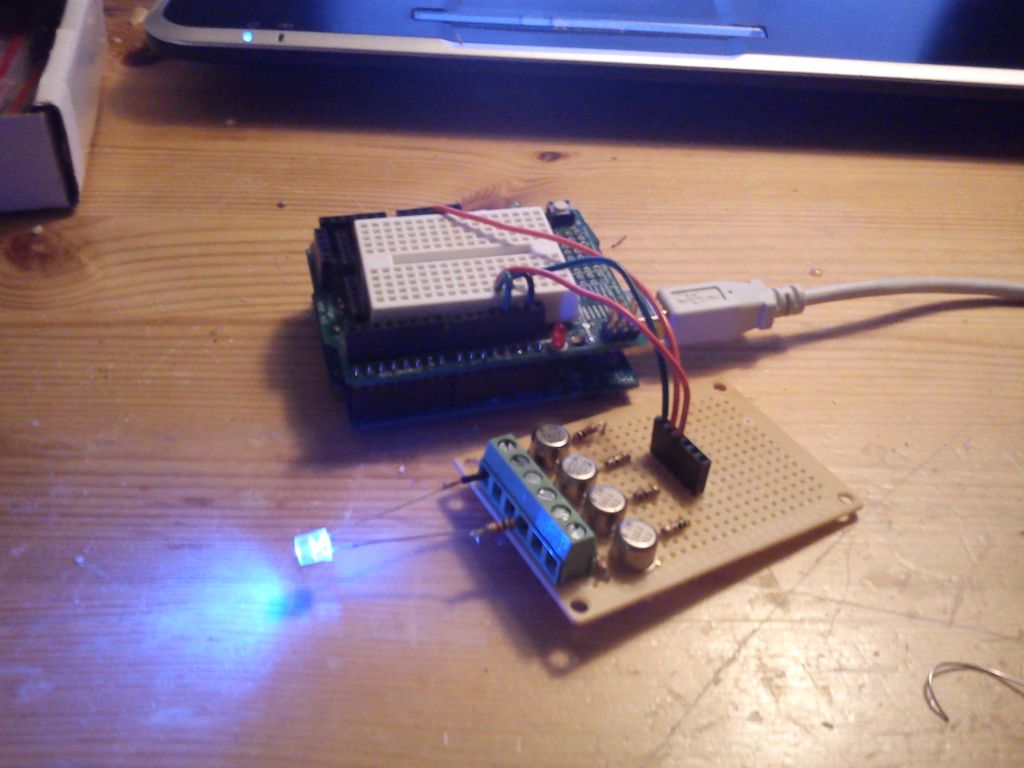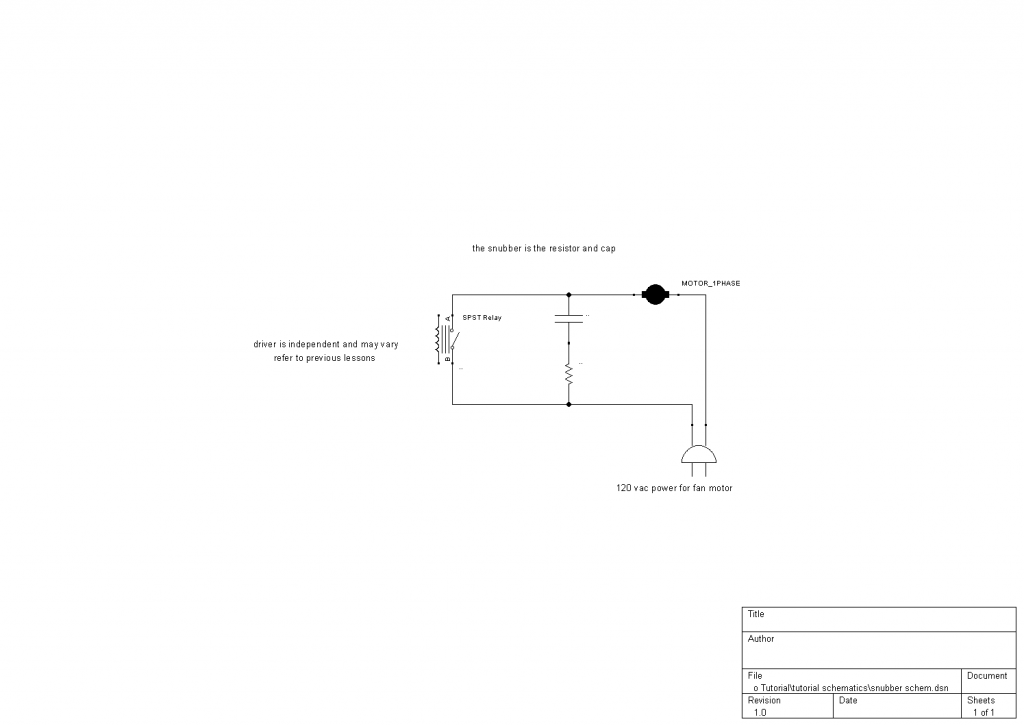My ssr driver is working, at first the channel 4 was shorted/ON state always, but solved that
I am using it with out the pull up resistor!!! Is it needed? Maybe more stable?
Have notice it will interupt the sketch when the COM port is used, the PC are sending some shit in intervals,
Using the 5 volt regulated from the arduino, maybe a external supply will make it more stable.
 [
[

I am using it with out the pull up resistor!!! Is it needed? Maybe more stable?
Have notice it will interupt the sketch when the COM port is used, the PC are sending some shit in intervals,
Using the 5 volt regulated from the arduino, maybe a external supply will make it more stable.





